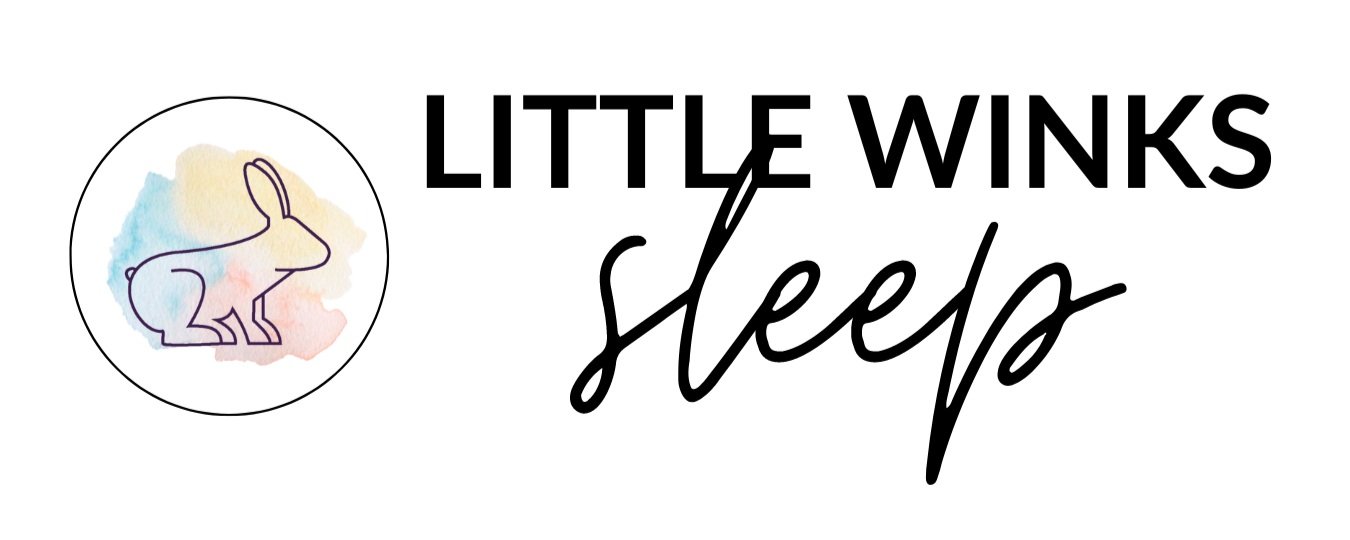When will my toddler stop napping?
Ah, the toddler nap. One of life’s special gifts. I gave an especially-loud cheer when both of my children moved to one nap. Why?
There is only one.
No juggling of the schedule throughout the day needed. There is a morning, and an afternoon. I know when to schedule appointments, coffee dates, playground time … the world is my oyster.
Not to mention the fact that nap time is essentially break time. Yep, the kids are asleep. At the same time. In the middle of the day. I know people say not to open the bottle of wine until 5 o’clock, but if your kids are asleep at the same time mid-day? I won’t judge. I can practically hear the glass of rose calling my name. Or tea or what-have-you.
And then, like a blissful summer on the lake, it eventually comes to an end. Like the temperature subtly starting to drop, like colourful leaves occasionally fluttering down from a tree … your toddler starts to skip a nap here and there.
Ever so slowly, as your break time inches near each day, you find yourself feeling anxious, wondering if your little turkey will indeed nap. Days with no naps often end in meltdowns in the late afternoon. Your toddler has trouble regulating. You have trouble regulating. And you long for the days when life was predictable, peaceful, and pleasant at 12pm.
Let me just hit pause on the melodrama unfolding here. If you are a parent thinking, This is my life right now or I have a toddler. Is this about to become my life? It’s going to be okay. Really.
Let’s talk through the last nap transition.
Toddlers typically start to drop their nap around age 3 (some earlier, some later). And it’s not an instantaneous transition. This one takes it’s time. You can expect your toddler to adjust to life with no naps after 2-6 months.
What are signs that your toddler is beginning the transition out of naps?
They will nap some days and not others.
They find it difficult to fall asleep at bedtime on days that they’ve napped.
They might fall asleep or get especially fussy between 4-7pm.
Tips for surviving the transition:
Put quiet time in place of nap time (more on this next week!).
Quiet time is essentially a 1-2 hour block of time that takes place at the same time as their nap. This gives your child a calm piece of the day where their body has the option to fall asleep, and the ability to do so in an environment with low stimulation.
Toddlers still need naps every 2nd or 3rd day for a while.
No need to schedule it in. Your toddler’s body is building up a greater capacity to handle sleep pressure, but all of that physical and emotional development is a lot of work. They will fall asleep during quiet time when they need to.
On days where your toddler naps, make sure to cap the nap so that bedtime isn’t later than 8pm.
On days without a nap, pull bedtime forward by 30-60 minutes.
This will be your saving grace as you navigate the transition. Remember, they are beginning to be able to cope with more sleep pressure, but they aren’t quite there yet. An earlier bedtime on napless days will help prevent them from falling into cycles of overtiredness and giving you a stressful end to your day (and potential night wakings and early mornings!).
How do you know you’ve made it through the transition?
Your toddler is no longer napping, and also does not show signs of overtiredness.
If this is your situation, congratulations! You have arrived back in the land of “break time”
Happy navigating,
Anna


